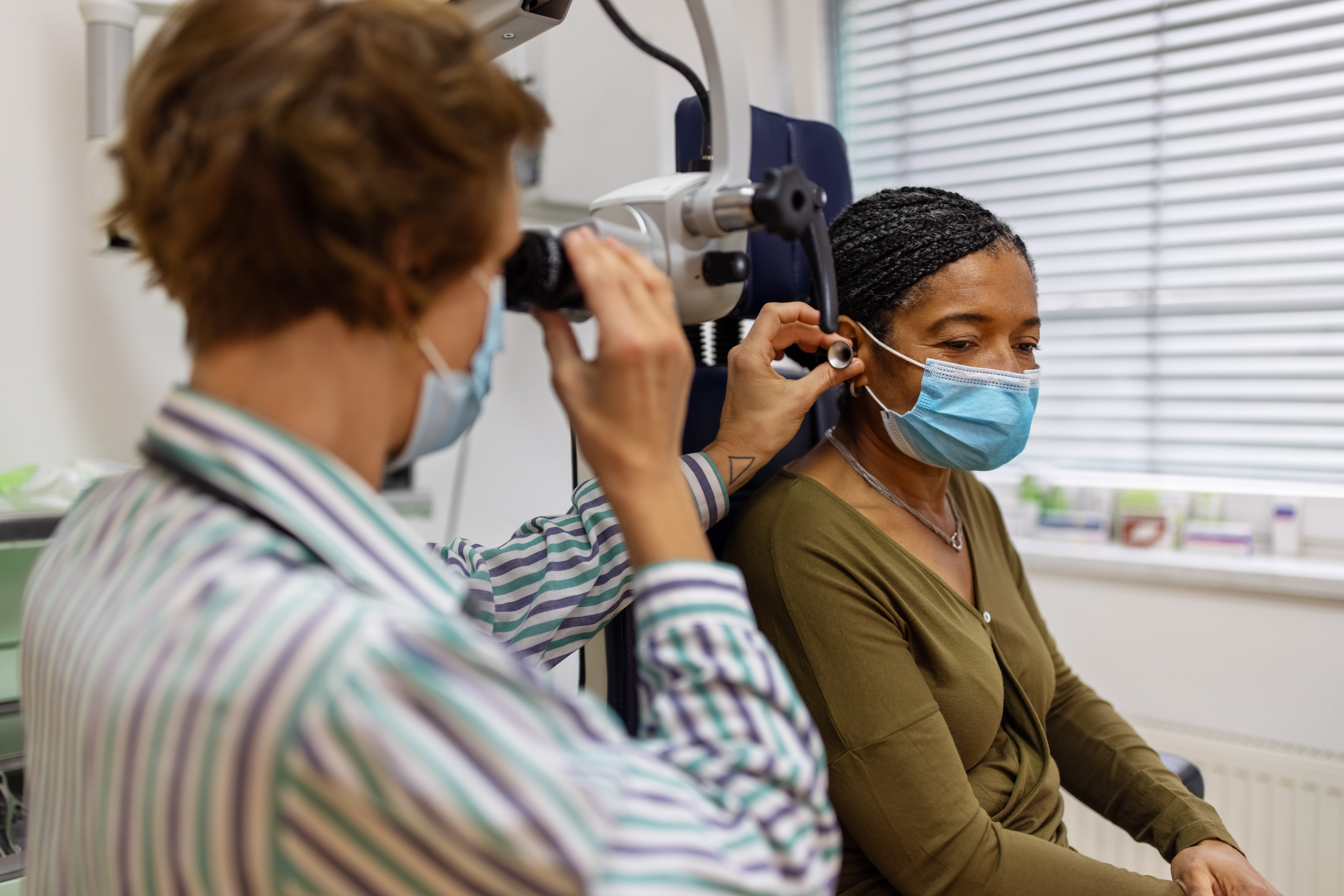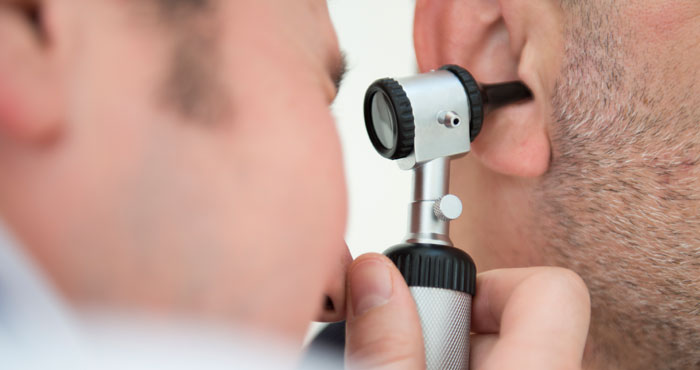How To Clean Hearing Aids

Hearing aids are a significant investment in your quality of life, and, like any advanced piece of technology, they require regular maintenance to function optimally. A consistent cleaning routine can help prevent damage, ensure clear sound quality, and extend the life of your device.
This guide offers helpful information on how to properly clean and care for your hearing aids. It is also essential to understand and follow the recommendations of the device manufacturer and your audiologist or other hearing health professional.
A Daily Cleaning Checklist for Hearing Aids
Establishing a daily cleaning routine for your hearing aids can make a significant difference. Before you go to bed, take a few moments to perform these simple tasks. It’s best to clean your hearing aids over a soft surface, like a towel, to prevent damage if they are dropped.
Wipe Them Down
Use a soft, dry cloth to gently wipe the entire hearing aid.
Brush Away Debris
Use a small, soft brush to clear any wax or debris from the microphone and receiver ports.
Open the Battery Door
Leave the battery door open overnight to help air out the battery and preserve its life.
Weekly Hearing Aid Deep-Cleaning Tasks
Once a week, set aside time for a more thorough cleaning. This is when you will use the specific tools that came with your hearing aids, such as a wax pick or wire.
Clean and Clear the Tubing
For behind-the-ear models, detach the tubing and earmold from the hearing aid hook to clean them separately.
Address Stubborn Wax
Use your wax pick and wire to gently remove any accumulated wax from the various openings on your device.
Change the Wax Guards
If your hearing aid has a wax guard, this is a good time to change it to ensure sound can travel freely.
Considerations for Cleaning Different Types of Hearing Aids
While the basic principles are the same, different types of hearing aids require slightly different approaches to cleaning. For behind-the-ear models, focus on keeping the earmold and tubing clear of wax and moisture. These parts can often be detached for a more thorough cleaning with mild soap and water, but they must be completely dry before reattaching.
With in-the-ear models, it is crucial to keep the microphone ports and receiver opening clear of debris. Use the provided brush and wax pick to gently clear these openings.
If you have receiver-in-canal hearing aids, pay special attention to the receiver, which is the small tip that goes into your ear canal. This area is prone to wax buildup and should be cleaned daily with a soft brush.
Tips for Preventing Damage to Hearing Aids
To prevent damage to your hearing aids, avoid the following:
Water or Solvents
Never use water, alcohol, or cleaning solvents directly on the hearing aid itself, as they can damage the electronic components.
Extreme Temperatures
Don’t leave your hearing aids in direct sunlight or expose them to high heat, such as from a hairdryer.
Unapproved Sharp Objects
Only use tools specifically designed for cleaning hearing aids. Using pins or other sharp objects can cause permanent damage to a device.
When To Seek Help With Your Hearing Aids
Even if you stick to your cleaning routine, it is a good idea to have your hearing aids professionally cleaned and checked periodically. Your hearing care provider has specialized equipment, like a vacuum, that can safely remove deep-seated debris and moisture. If you notice a decrease in performance or have trouble cleaning your devices, schedule an appointment with your provider for assistance.
By following a simple and consistent cleaning schedule and seeking help when needed, you can ensure that your hearing aids continue to provide the clear, reliable sound you depend on every day.
If you need to find a Baptist Health audiologist in your area, please call 1.844.679.6835 or visit our provider directory.
Next Steps and Helpful Resources
Learn More About Audiology Care at Baptist Health
Effects of White Noise On Hearing
How To Get Water Out of Your Ear



